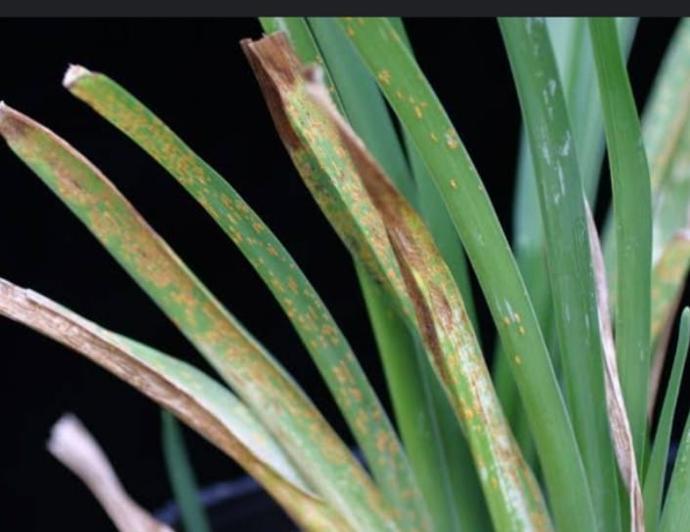Day Lily Plant
Daylilies, or Hemerocallis, thrive in well-draining soil and full sun to partial shade. Water consistently, and deadhead spent flowers to promote continuous blooming. Fertilize during the growing season for healthy plants and abundant flowers.

Habit
Perennial
Height
50 to 90 cm
Growth
Moderate
Soil
Well-drained, loamy
Shade
Full Sun
Moisture
Moist
Edible
No
Medicinal
No
Origin
Asia
Climatic Condition
Warm, temperate
Temperature (°)
15 to 30
Humidity (%)
50 to 70
Potting media
Loamy soil mix
Fertilizers
High phosphorus, potassium
Watering
Regular, deep watering
Plant Weight
100 to 500 g
Flowering Time
Spring to Summer
Soil Ph level
6.0 to 7.5
Water Ph level
6.0 to 7.5
Soil EC
0.3 to 1.2
Yield Per Plant
171.42 grams
NPK ratio
10:10:10
life Span
Perennial
Health Benefits
Ornamental, edible flowers, antioxidant-rich.
Suggested Grow Media or Potting Mix ?
50% loamy soil, 30% compost, 20% sand
Suggested Fertigation/Fertilizers
Fertilize every 4 weeks with a balanced fertilizer.
Common Diseases and Remedies
Soft rot, Leaf Streak, Rust
Slender, grassy foliage develops and few flowers drop. Leaf turn yellow and fall. Bright yellow spots appear on the leaf surface.
Avoid over watering and remove the effected part of the plant.
Tricoderma fungicide can be sprayed in 15 days of interval with 2-4 applications.
HEALTH BENEFITS
- Edible Uses: Flower buds and shoots are used in Asian cuisine.
- Mild Diuretic: May help with urinary tract health.
- Traditional Use: Used in Chinese medicine for detoxification.
What Is An DAY lily Tree?
Daylilies are low-maintenance, easy-to-grow, long-lasting perennials that can grow in a variety of soil and light conditions. They can tolerate neglect and survive the winter with little injury. Daylily is an upright perennial that forms clumps and can grow up to 1.5 feet in height and width. They can survive the winter with little injury and can adapt to a wide range of soil and light conditions. Daylilies only open for one day, but each stem has multiple buds that open over several days. The name Hemerocallis comes from the Greek hemero meaning day and kalos meaning beautiful.
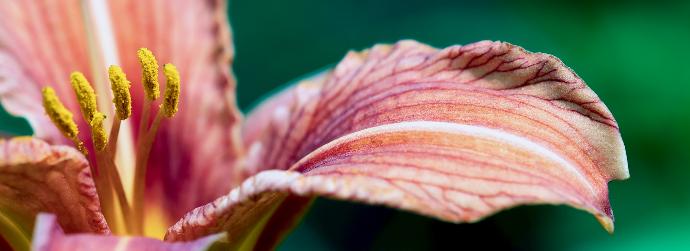
What Are The Different Types Of Day lily Plants?
1. Stella de Oro
Stella de Oro Daylily is one of the most popular varieties of this flower. Compact and vigorous growing, producing some of the most vibrant plants.
2. Hemerocallis
Hemerocallis 'Marion Bourne' Described as 'outstanding' by plant breeder Graham Stuart Thomas, 'Marion Bourne' is unusually fragrant, large and vigorous.
3. Going Banana Daylilies
Each year, the American Daylily Society conducts a popularity survey among its members to determine the most popular daylilies in each region.
4. Amur daylily
Amur daylily – Hemerocallis middendorffii. Amur daylily varieties are native to the Russian Far East, northwestern China, Japan, and Korea.
5. Catherine Woodbury
Daylily 'Catherine Woodbury'. Hemerocallis 'Catherine Woodberry' is a classic flowering plant with large, clear, pale pink, fragrant flowers.
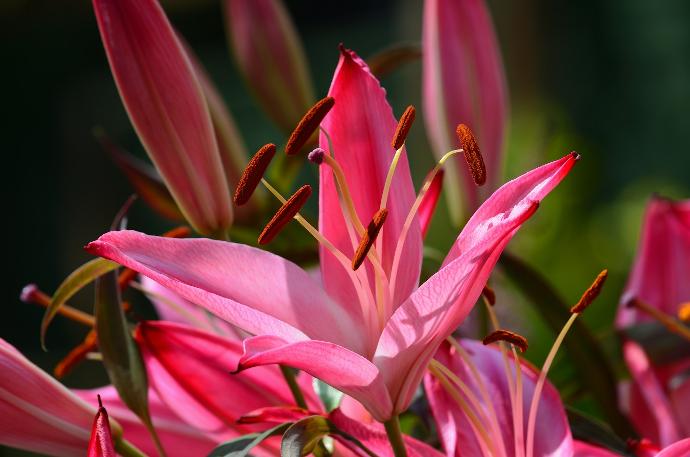
How to care for Day lily Plants ?
1. Location
Plant daylilies in spring or fall when the weather is mild. You can also choose early, mid, or late blooms to extend the flowering period.
2. Sunlight
Requires at least 6 hours of direct sunlight per day. Evergreen daylilies are suitable for warm climates.
3. Hydration
Give daylilies 1 inch of water weekly, especially in the spring, to encourage the formation of new shoots.
4. soil
Plant daylilies in nutrient-rich soil about 1 inch below the ground. You can prepare the soil by adding Miracle-Gro® All-Purpose Garden Soil.
5. Nutrition
Feed twice a month with a high-potassium fertilizer from planting until approximately 6 weeks after flowering.
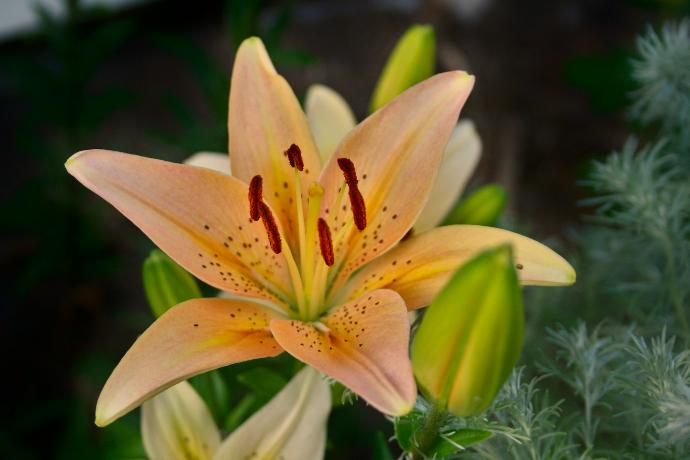
6. Issues
Diseases: Daylilies can suffer from many diseases, including leaf stripe rot, crown rot, root rot, rust, and viruses.
Pests: Common pests include aphids, spider mites, thrips, slugs, and snails.
Dietary Supplement: Licorice root is a dietary supplement that is thought to have anti-inflammatory, antioxidant, and anticancer properties. It also helps with digestion, lowering cholesterol, and the immune system.
Painkiller: Orange daylily flower relieves pain, especially during childbirth.
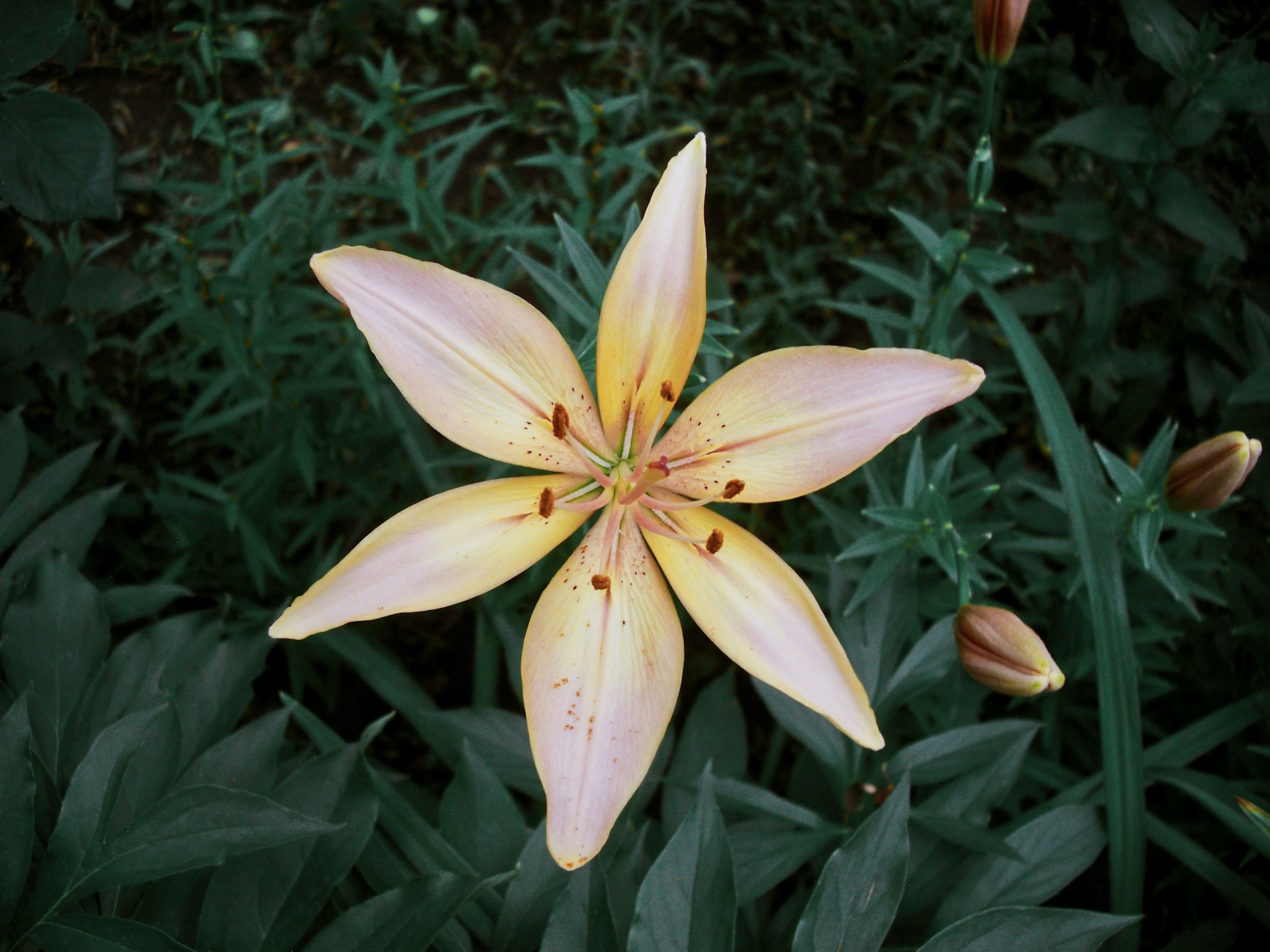
FAQs About Growing Day lily
1.How much sun do daylilies need?
Daylilies can grow in any light condition, but they do best in full sun.
2.What soil do daylilies need?
Daylilies will adapt to almost any soil that is well drained.
3.How much water and fertilizer do daylilies need?
Water is the most important element along with a little fertilizer, (we use 10-10-10) in the spring and again in the fall.
4.How long do day lilies last?
one day An individual flower only blooms for one day, but is quickly replaced by a new flower.
5.What kind of fruit is a day lily?
Capsule.
